The Lawn -
How grass is helping us.
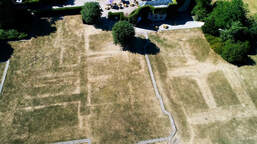
Europe is experiencing an unusually sunny and extremely hot summer and it is a challenge not only for people but also for nature. The grassy areas are a parched yellow and fires are seen in many parts of Europe. Once in a while there is a fierce thunderstorm with heavy rain, but the water cannot penetrate into the hard soil and just runs off. The burst of water does not help to bring the green back.
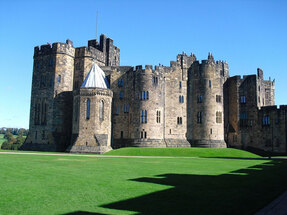
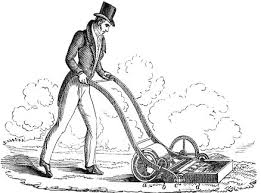
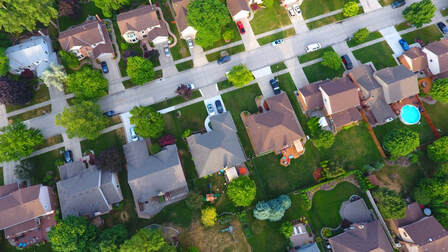
In his book "Second Nature" about gardening, Michael Pollan gives a fine philosophical look at his complicated journey, starting with his father’s problems with the neighbors when he failed to maintain their lawn well enough, to his own fascination later with his own lawn, to his eventual detente with the culture of lawns. The social pressure of lawns can be very intense.
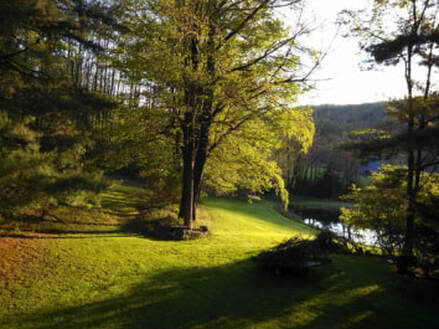
Grass is a living organism. It takes in carbon dioxide and converts it into food. As a byproduct of this process, it produces oxygen which is released into the air. A grass area of 2,500 square feet will give us enough oxygen for four people. An even more impressive statistic is this one: a soccer field can offset the carbon produced by a car driving 3,000 miles. Grass is a simple way to keep our air clean.
But the grass does even more. It can absorb lots of water before runoff occurs. Grass has a dense root system that prevents erosion and thus will keep sediments out of creeks and rivers. Studies have shown that grass filters pollutants and reduces them from entering water bodies, because a healthy lawn absorbs rainfall six times more effectively than a wheat field. It also filters our rain before releasing it into the aquifers, providing cleaner drinking water.
And here is a fact we all appreciate on a hot summer day: the temperature on a well maintained lawn will be 30 degrees lower than on asphalt, and 14 degrees cooler than bare soil. Grass is said to reduce stress and make you feel well. It has even been speculated that an appreciation for grass is encoded in our DNA, from the time we evolved in Africa. They call it the ‘Savanna Effect’. A well maintained lawn might increase the value of your house and it invites people to spend more time outside. It is also said that the more technically advanced a civilization is, the more grass areas are maintained and used.
A lush lawn invites sports and outdoor physical activity. It provides a perimeter security zone around a house, which also helps keep animal nuisances at bay. Those 55,000 square miles of American lawns sequester about 37 billion tons of carbon! So maybe it is more helpful against global warming than we are led to believe.
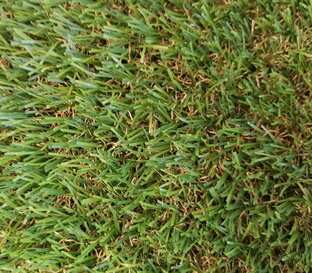
I have read about the anti-lawn camp. What they really do not want are fertilizers, pesticides etc. Here I agree. But who would be against a healthy natural lawn? If your lawn needs fertilizers or pesticides, often times (especially in newly built developments), it is because the soil PH is off or it is lacking essential nutrients. A visit to your local Agricultural Cooperative Extension can give you the organic remedies to your problems.
I enjoy mowing our lawns! When I am done and look at my work, I can see the results - most other work just blends in. On top of it, I get healthier exercise than in a gym!
P.S.- The old admonishment that the 'grass is always greener on the other side' (be careful what you wish for because the other side may not be as good as it appears), is optically true! When you stand above your own lawn looking straight down, you see all the gaps and bare spots. But when you gaze over the fence at your neighbors, it appears more lush and greener because your low angle view sees all the sides of the blades of green grass and none of the bare gaps hidden by your restricted view. Chances are that if you look back from their side, your lawn will look much better than theirs. The same with life.
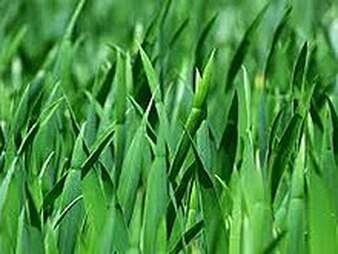
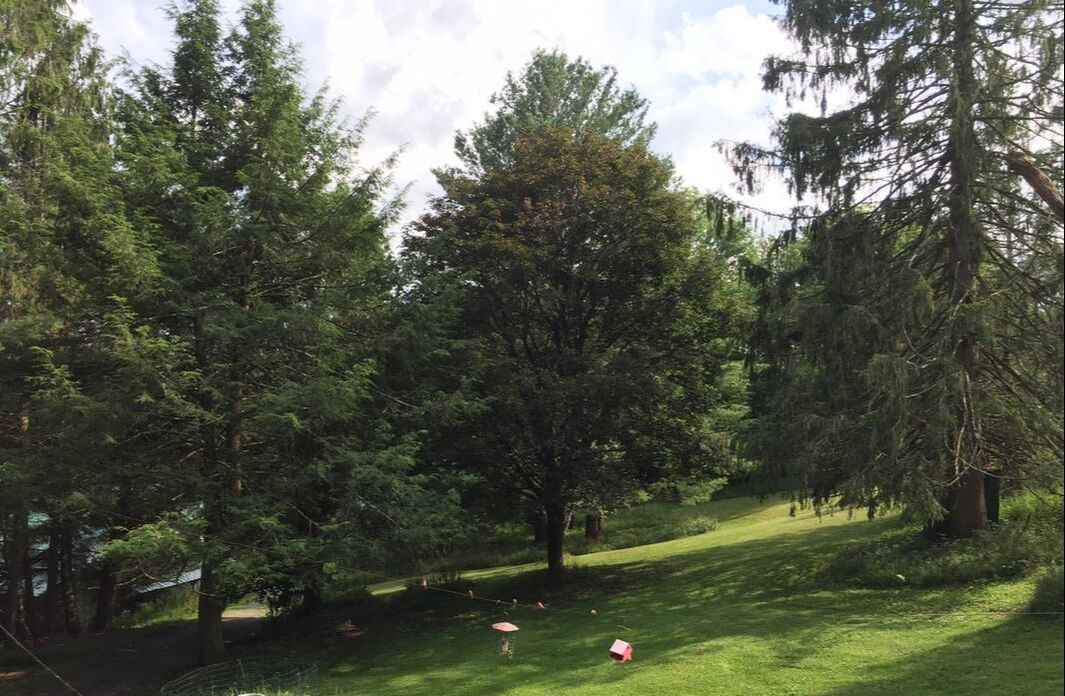
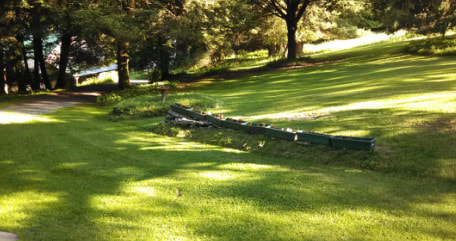
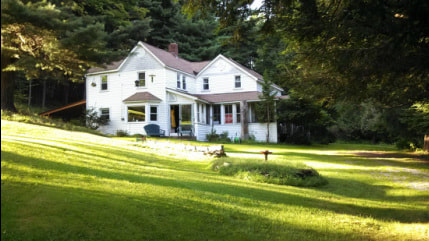
 RSS Feed
RSS Feed